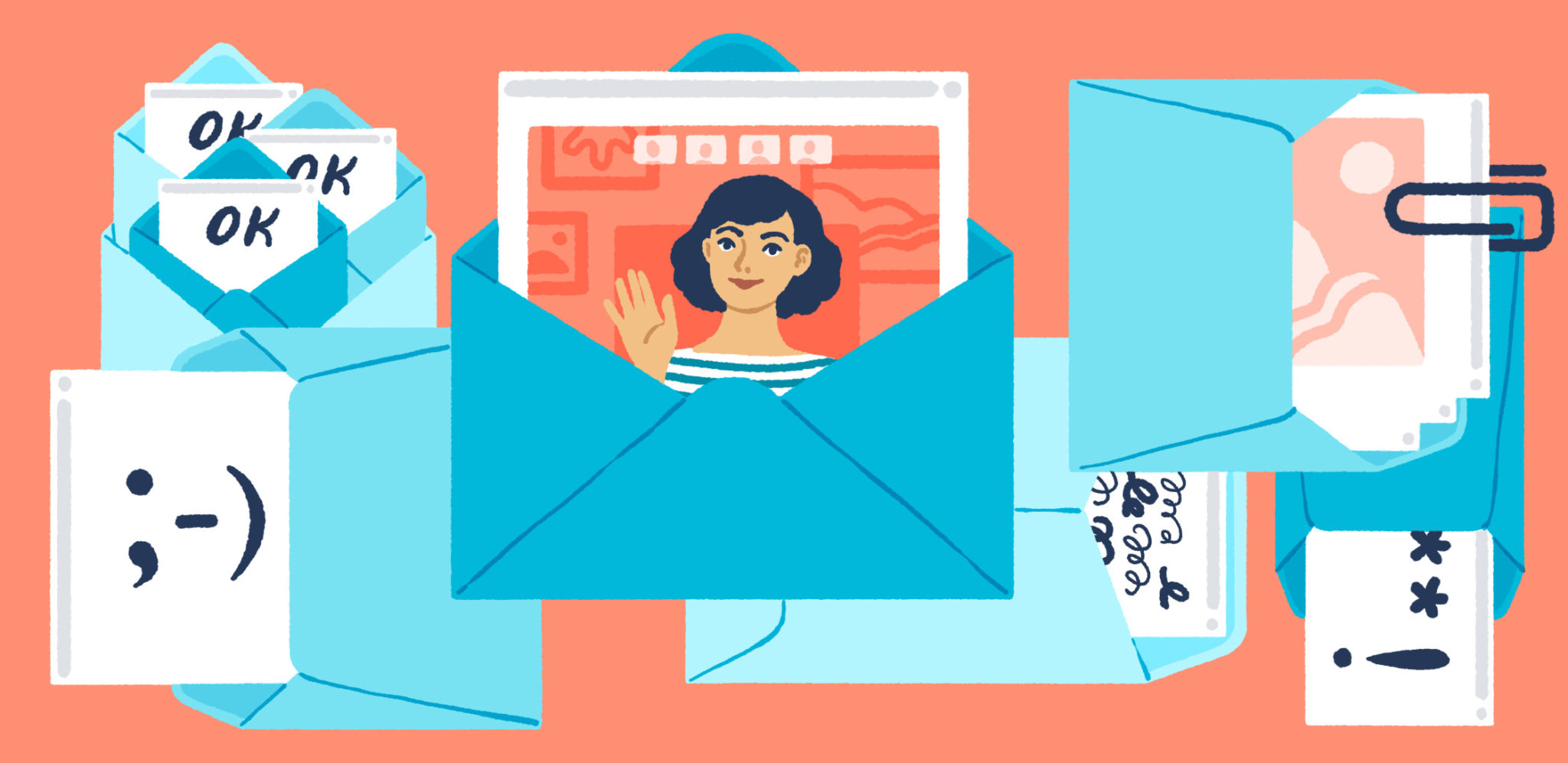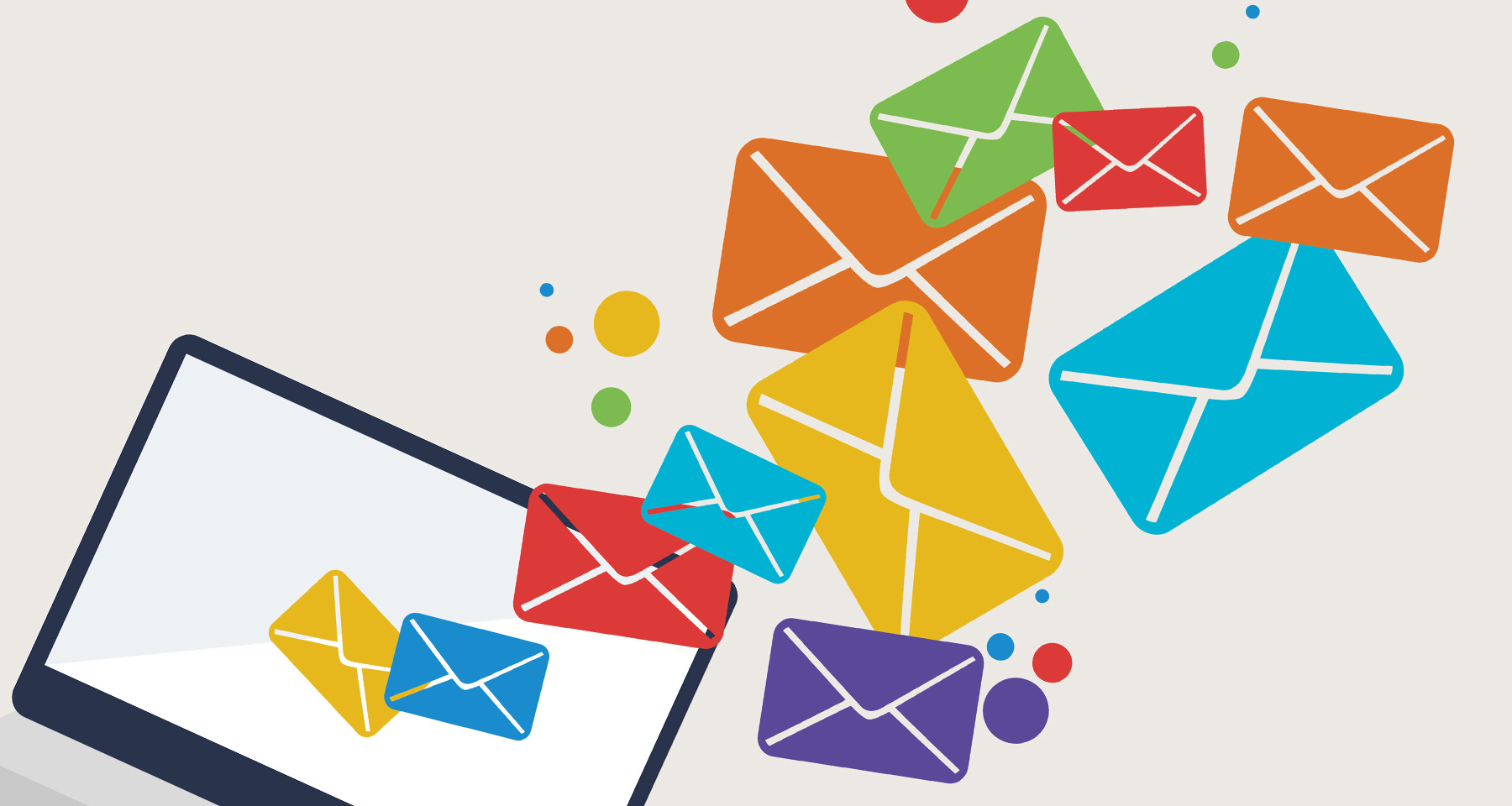Vaibhav has marked off his graduation and just like any other graduate, he thought he was out of the woods, only to realize that the woods were staring right at him at the gates of the corporate world. He was perturbed by the idea of facing interviews and was getting first-job jitters every now and then. He called his uncle, Sivaranjan to light the way through his journey to the professional world. Sivaranajan is a seasoned professional with extensive experience in the corporate world.
Vaibhav, we are on the verge of concluding the effective communication skills with today’s discussion, and I hope you have had a good grasp of everything that we have covered so far, Sivarajan said in an intense voice. Uncle, how can I not get a good hold of all that we have discussed till now when you have articulated them so comprehensively, stated Vaibhav.
We have covered the myths and realities of professionalism, the power of effective communication skills, and the importance of nonverbal communication – body language, power dressing, effective verbal communication, and introduction to written communication at length, said Vaibhav.
Sivaranjan was bewildered by Vaibhav’s commitment to ace his pace toward the corporate world.
Very well, now it’s time to open the baguette of email, report, or letter etiquette; said Sivaranjan with excitement.
Vaibhav, do you know Ray Tomlinson, a well-known computer programmer, is credited with inventing email on the ARPANET system, the Internet’s predecessor? He changed the way businesses and people communicated all over the world. The new communication tool took the world by storm.
Today, nearly 4 billion email accounts exist, with email being used by half of the world’s population. “In general, I see email being used exactly as I envisioned. It’s not just a work tool or a personal thing, in particular, everyone uses it in different ways, however, they all use it in ways that work for them,” said Tomlinson.
It’s true, every individual uses emails in their peculiar ways, and we will discuss at length the right way of using email at work, said Sivaranjan.
Why Is Email Etiquette Important?

According to a 2015 study by Adobe Systems, the average worker spends 6.3 hours per day winnowing through and responding to emails. That’s more than 30 hours per week or 63 full days per year. You’d think that all of our practice would have made us experts in the art of email communication, however many professionals continue to get it wrong. Accidental “reply all” on a private email occurs far more frequently than HR departments would like to deal with. And how often do you receive emails that are irrelevant, inappropriate, or aggressive?
Unfortunately, unless your company uses Gmail and you catch your error within 10 seconds of sending it, you can’t “unsend” a poorly written email. Otherwise, there is no way to prevent damage once the email is already in the recipient’s inbox unless you hack into their computer and delete it.
As computer networks are increasingly being used to organize and transmit information, the demand for competent writing skills is increasing. Dr. Craig Hogan, a former university professor who now runs an online business writing school, receives hundreds of inquiries each month from managers and executives seeking assistance in improving their own and their employees’ writing skills.
A study explains that millions of people who were previously not required to do a lot of writing on the job are now expected to write frequently and quickly.
“E-mail is a party that English teachers are not invited to. Companies are tearing their hair out over it.” This assessment is supported by survey results from The National Commission on Writing. They discovered that one-third of employees in the nation’s “blue chip” corporations require remedial writing instruction for their impecunious writing skills.
Email etiquette is the code of conduct that governs one’s behavior when writing and/or responding to emails. These principles are designed to show professionalism and mutual respect among those exchanging emails. The principles can be modified to meet the needs of the audience and purpose. For instance, emails sent to friends are likely to differ significantly from those sent to coworkers.
What Are The Rules For Email Etiquette?

In the business world, you probably will write a lot, Vaibhav: memos to senior executives, proposals to clients, and a consistent flow of emails to colleagues. But how can you make your writing as clear and effective as possible? How do you get a top hand in the game of written communication, said Sivaranjan.
1. Think before you write
Consider what you want to say before putting pen to paper or fingers to keyboard. “The mistake that many people make is that they begin writing too soon,” Bryan Garner, author of The HBR Guide to Better Business Writing. “They work out their thoughts as they write, which results in less structured, meandering, and repetitive writing.” Consider what your audience should know or think after reading this email, proposal, or report. You’re moving too quickly if the answer isn’t obvious right away. “Take a step back and spend more time gathering your thoughts,” Kara Blackburn, a senior lecturer in managerial communication at the MIT Sloan School of Management suggests.
2. Make your subject line clear and professional
Make it clear to your recipient what the email will cover. Many people will decide whether or not to open an email based on its subject line. A concise subject line makes it easier for someone who receives hundreds of emails per day to sort through their inbox and decide which communications to prioritize.
3. Write your email and then enter the recipient’s email address
It is always a good idea to write the contents of your email first in case you accidentally send it too soon.
4. Be certain to CC all relevant recipients
It is improper to exclude a colleague or client from a relevant email chain. Consider who should be informed about a specific conversation and respect that.
5. Check that you have the correct recipient
Imagine you sent the mail and it had got an incorrect recipient or sent a confidential document to the incorrect client or company. It could put your credibility in question. Always cross-check the recipient’s name before hitting the “send” button.
6. Respond to your emails
Most people have felt overwhelmed by the large number of emails they have to sort through at some point. However, responding to an email is proper etiquette, especially if the sender expects a response. Acknowledging that you received the email but will contact the sender later is a more professional option than ignoring or avoiding certain emails.
7. Change your default settings from “reply all” to “reply”
This is a risk-averse technique to avoid any mistake made in rush. Because your default setting is to reply to one person rather than all, the damage is limited to that single recipient.
8. Change the “undo send” option to 30 seconds
Murphy’s law states that when it comes to email in the workplace, you will always catch your mistakes 10 seconds after the email has been sent. We send an email, then go to the sent email folder to read it from the other person’s point of view, and we notice something is wrong.
9. Use the proper level of formality
Begin your email with “Dear _____”, use “please” and “thank you” as needed, and always end with the appropriate phrase, such as “Kind regards”, “Thank you”, “Sincerely”, and so on.
10. Proofread all your emails before sending
Check for any grammatical or professional errors. Have you correctly spelled the recipient’s name? Is there any misspelling? Use simple sentence structures and proper capitalization and punctuation. Always consider these points when drafting an email if you want to refrain from jeopardizing your professionalism and credibility at work.
11. Add a signature block
If your recipient knows nothing about you, they may be skeptical of your email’s authenticity. It is appropriate to include your full name, title, company, and phone number.
12. Keep your emails short and to the point
People appreciate short, crisp, and apt emails. You can always follow up later or suggest they call you if they have any questions or concerns.
Uncle, we too use email as students, and once I was amidst a never-ending email back and forth with two of my fellow classmates. It seemed like we were having a circular written dialogue, covering the same ground over and over without understanding the context. What would we have done in that situation, asked Vaibhav.
If I were you, I would have got both of them on the phone with me, asked a few questions in a variety of ways, and would have drilled to the bottom of the problem, said Sivaranjan.
If you receive a vague or confusing text or email, don’t be afraid to request a phone call or, if possible, a video or in-person meeting. If it’s a sensitive conversation, requesting a quick call demonstrates that you’re being considerate. Waiting for a few beats before responding to questions shows the other person that you are listening and taking your work seriously, rather than making you appear indecisive.
This is indeed a shot across the bows for me, uncle. I will follow the rules to embellish my writing skills. I am fortuitous to learn the hidden gems of the business world from you, said Vaibhav gratefully.
Sivaranjan sighed at the thought of finally starting to write the book for the freshers to be their guiding light. Buckle up Vaibhav, we have a lot more to learn about professionalism and the corporate world, uttered Sivaranjan.
https://hbr.org/2021/03/what-a-compassionate-email-culture-looks-like
https://www.lawsociety.com.au/resources/resources/career-hub/10-rules-email-etiquette
https://hbr.org/2014/11/how-to-improve-your-business-writing
https://hbr.org/2021/08/how-to-write-better-emails-at-work
https://hbr.org/2021/02/slow-down-and-write-better-emails
https://www.inc.com/encyclopedia/written-communication.html
https://www.mediatoolkit.com/blog/wp-content/uploads/2020/12/email-etiquette-ft-image.png
https://atlassianblog.wpengine.com/wp-content/uploads/2022/09/emailqa_1120x545@2x-scaled.jpg
http://www.starsquaredpr.com/blog/wp-content/uploads/2019/07/Email-2.jpg
Written By: Jimmy Jain
Edited By: Afreen Fatima
Society of Design Thinking Professionals









